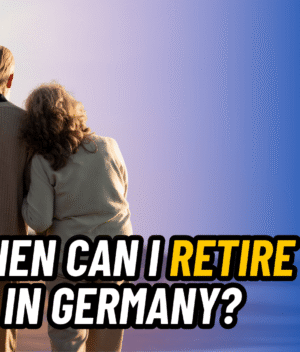The 16 Different States of Germany
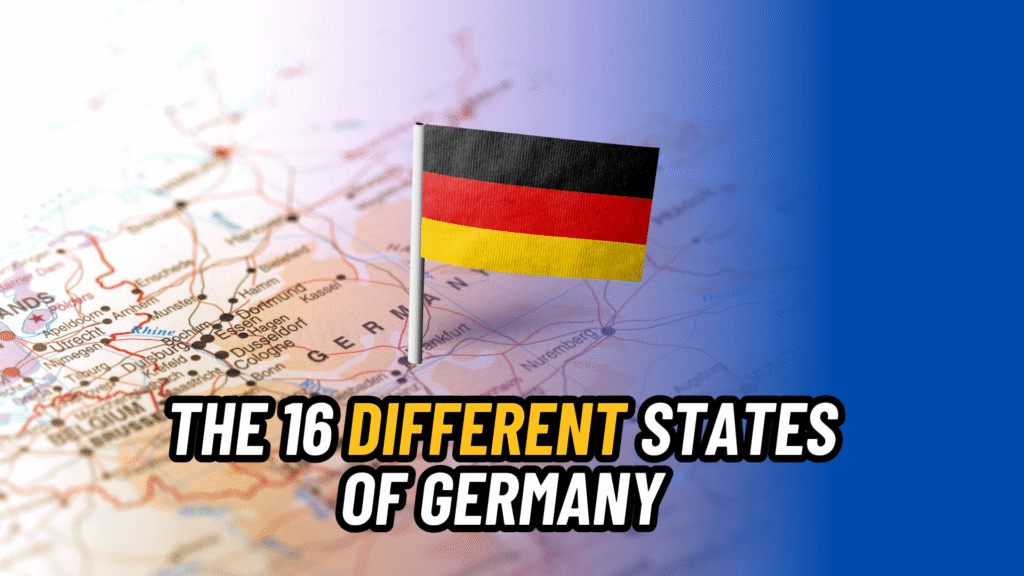
Germany, officially the Federal Republic of Germany, is a federal parliamentary republic composed of 16 semi-autonomous states (Bundesländer). Each state, with its own constitution, parliament, and government, makes a significant contribution to Germany’s rich cultural, historical, and economic fabric. These states extend over a vast geography, from the majestic peaks of the Alps to the cool waters of the North and Baltic Seas. Here is a comprehensive overview of Germany’s 16 states:
Foundations of the Federal System
Germany’s federal structure is one of the cornerstones of the democratic order established after World War II. This structure prevents the concentration of power in the center, giving a significant role to local governments and regional identities. The states have broad powers, especially in areas such as education, culture, policing, and local administration. This has allowed for the preservation and development of different traditions, dialects, and lifestyles in every corner of Germany. At the federal level, legislative power is shared between the Federal Parliament (Bundestag) and the Federal Council (Bundesrat), where the states are represented.
Overview of the States
Below, Germany’s 16 states are presented in alphabetical order with their capitals, populations, areas, and distinctive economic and cultural features:
Baden-Württemberg
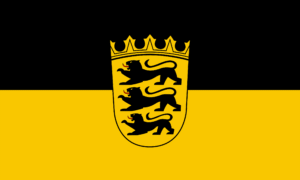
- Capital: Stuttgart
- Population: Approx. 11.3 million
- Area: 35,751 km²
- Economy and Culture: One of Germany’s most innovative and export-oriented states. Stuttgart, the heart of the automotive industry, is home to giant brands like Mercedes-Benz and Porsche. It is also very strong in mechanical engineering, technology, and research and development. It is a major tourist destination with natural beauties like the Black Forest (Schwarzwald) and historical cities like Heidelberg.
Bavaria (Bayern)
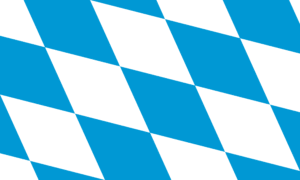
- Capital: Munich (München)
- Population: Approx. 13.4 million
- Area: 70,552 km²
- Economy and Culture: As Germany’s largest state by area, Bavaria is known for its strong economy and deep-rooted cultural traditions. Global companies like BMW, Audi, and Siemens are headquartered here. It has a unique identity with its festivals like Oktoberfest, which attracts millions of visitors each year, its fairytale castles at the foot of the Alps, and its traditional clothing.
Berlin
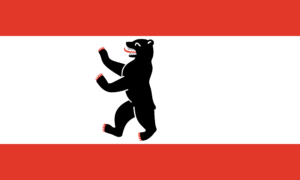
- Capital: Berlin
- Population: Approx. 3.8 million
- Area: 892 km²
- Economy and Culture: As the capital and largest city of Germany, Berlin is also a state. It is one of the world’s most important metropolises with its historical and cultural richness, vibrant art scene, lively nightlife, and multicultural structure. It has also become a center of attraction for start-ups and technology companies. It houses iconic structures like the Brandenburg Gate, the Reichstag, and the remains of the Berlin Wall.
Brandenburg
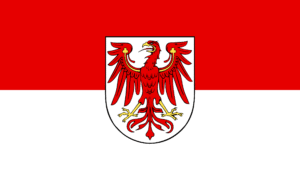
- Capital: Potsdam
- Population: Approx. 2.6 million
- Area: 29,486 km²
- Economy and Culture: Surrounding Berlin, this state is known for its vast forests, lakes, and rivers. The capital, Potsdam, is on the UNESCO World Heritage List with its magnificent historical buildings like the Sanssouci Palace. Agriculture and renewable energy play an important role in the state’s economy. Its proximity to Berlin also contributes to the region’s development.
Bremen
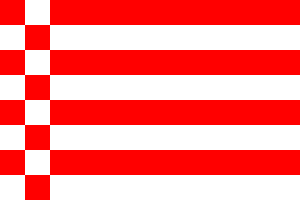
- Capital: Bremen
- Population: Approx. 0.7 million
- Area: 419 km²
- Economy and Culture: Comprising the cities of Bremen and Bremerhaven, Bremen is Germany’s smallest state. As a port city, it has a long history of maritime and trade. The city, world-renowned for the fairy tale of the “Town Musicians of Bremen,” attracts visitors with its historic market square and the UNESCO-protected town hall. The automotive and aerospace industries are also well-developed.
Hamburg
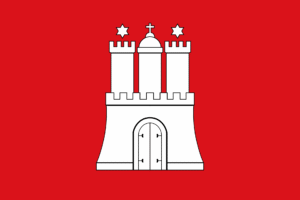
- Capital: Hamburg
- Population: Approx. 1.9 million
- Area: 755 km²
- Economy and Culture: Germany’s second-largest city after Berlin, Hamburg is also a state. Having one of the largest ports in Europe makes it a major trade and logistics hub. It stands out with its vibrant media and entertainment sector, musicals, and tourist attractions like the Speicherstadt (Warehouse District).
Hesse (Hessen)
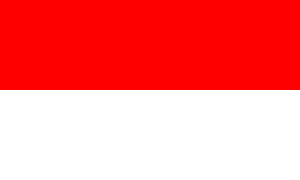
- Capital: Wiesbaden
- Population: Approx. 6.4 million
- Area: 21,115 km²
- Economy and Culture: Home to Frankfurt, the financial center of Germany and Europe, Hesse hosts the European Central Bank and numerous international banks. The chemical and pharmaceutical industries are also highly developed. It has natural beauties such as the Taunus Mountains and the Rhine River valley.
Lower Saxony (Niedersachsen)
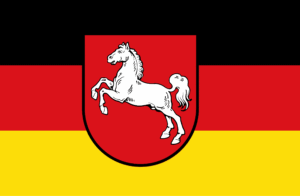
- Capital: Hanover (Hannover)
- Population: Approx. 8.1 million
- Area: 47,614 km²
- Economy and Culture: The second-largest state by area after Bavaria, Lower Saxony is a region where agriculture and industry have developed together. Wolfsburg, the headquarters of Volkswagen, emphasizes the state’s importance in the automotive industry. Hanover is known for hosting the world’s largest trade fairs. The North Sea coast and the East Frisian Islands are important tourist areas.
Mecklenburg-Vorpommern
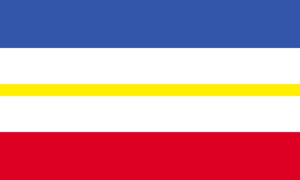
- Capital: Schwerin
- Population: Approx. 1.6 million
- Area: 23,211 km²
- Economy and Culture: One of Germany’s least densely populated states, Mecklenburg-Vorpommern is known as the “Land of a Thousand Lakes” for its untouched nature, thousands of lakes, and long sandy beaches on the Baltic Sea coast. Tourism, agriculture, and maritime industries form the basis of the economy. Schwerin Castle is one of the state’s fairytale-like beauties.
North Rhine-Westphalia (Nordrhein-Westfalen)
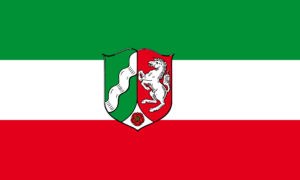
- Capital: Düsseldorf
- Population: Approx. 18.2 million
- Area: 34,110 km²
- Economy and Culture: Germany’s most populous state, North Rhine-Westphalia is the country’s industrial and economic heartland. The Ruhr area, once the heart of the coal and steel industry, has now transformed into centers of technology, services, and culture. It is home to major cities like Cologne, Düsseldorf, Dortmund, and Essen. It is also culturally vibrant with its rich network of museums and theaters.
Rhineland-Palatinate (Rheinland-Pfalz)
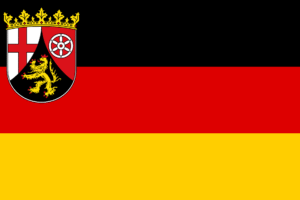
- Capital: Mainz
- Population: Approx. 4.2 million
- Area: 19,854 km²
- Economy and Culture: Famous for its vineyards in the valleys of the Rhine and Moselle rivers, this state is one of Germany’s most important wine-producing regions. The chemical industry also plays a significant role in the economy. It has a romantic atmosphere with its historical Roman artifacts, castles, and charming villages.
Saarland
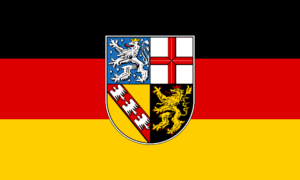
- Capital: Saarbrücken
- Population: Approx. 1 million
- Area: 2,570 km²
- Economy and Culture: Its border with France has deeply influenced Saarland’s culture and economy. Once a major coal and steel production center, the state is now developing in areas such as the automotive industry and information technology. The influences of French cuisine can be felt in the local gastronomy.
Saxony (Sachsen)
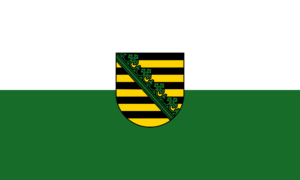
- Capital: Dresden
- Population: Approx. 4.1 million
- Area: 18,450 km²
- Economy and Culture: With a rich cultural heritage, Saxony is distinguished by its capital Dresden, known as “Florence on the Elbe,” and the trade city of Leipzig. Housing the finest examples of Baroque architecture, Dresden was heavily damaged in World War II but has been restored. The automotive and microelectronics industries are well-developed.
Saxony-Anhalt (Sachsen-Anhalt)
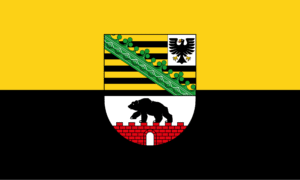
- Capital: Magdeburg
- Population: Approx. 2.2 million
- Area: 20,452 km²
- Economy and Culture: Containing the city of Wittenberg, where Martin Luther started the Reformation movement, Saxony-Anhalt has great historical importance. The chemical industry and agriculture are the mainstays of the economy. The city of Dessau, where the Bauhaus movement was born, is also a UNESCO World Heritage site.
Schleswig-Holstein
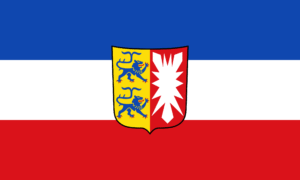
- Capital: Kiel
- Population: Approx. 3 million
- Area: 15,800 km²
- Economy and Culture: Germany’s northernmost state, Schleswig-Holstein lies between the North Sea and the Baltic Sea. Maritime activities, shipbuilding, wind energy, and tourism are important economic sectors. It is famous for popular islands like Sylt and the Kiel Week, known for its sailing regattas.
Thuringia (Thüringen)
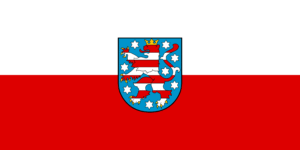
- Capital: Erfurt
- Population: Approx. 2.1 million
- Area: 16,173 km²
- Economy and Culture: Known as “The Green Heart of Germany,” Thuringia is notable for its dense forests and mountainous terrain. The city of Weimar, where giants of German literature like Goethe and Schiller lived, is the state’s cultural center. The optical industry, automotive, and engineering are developed sectors. The Thuringian sausage (Thüringer Rostbratwurst) is a famous local delicacy.


